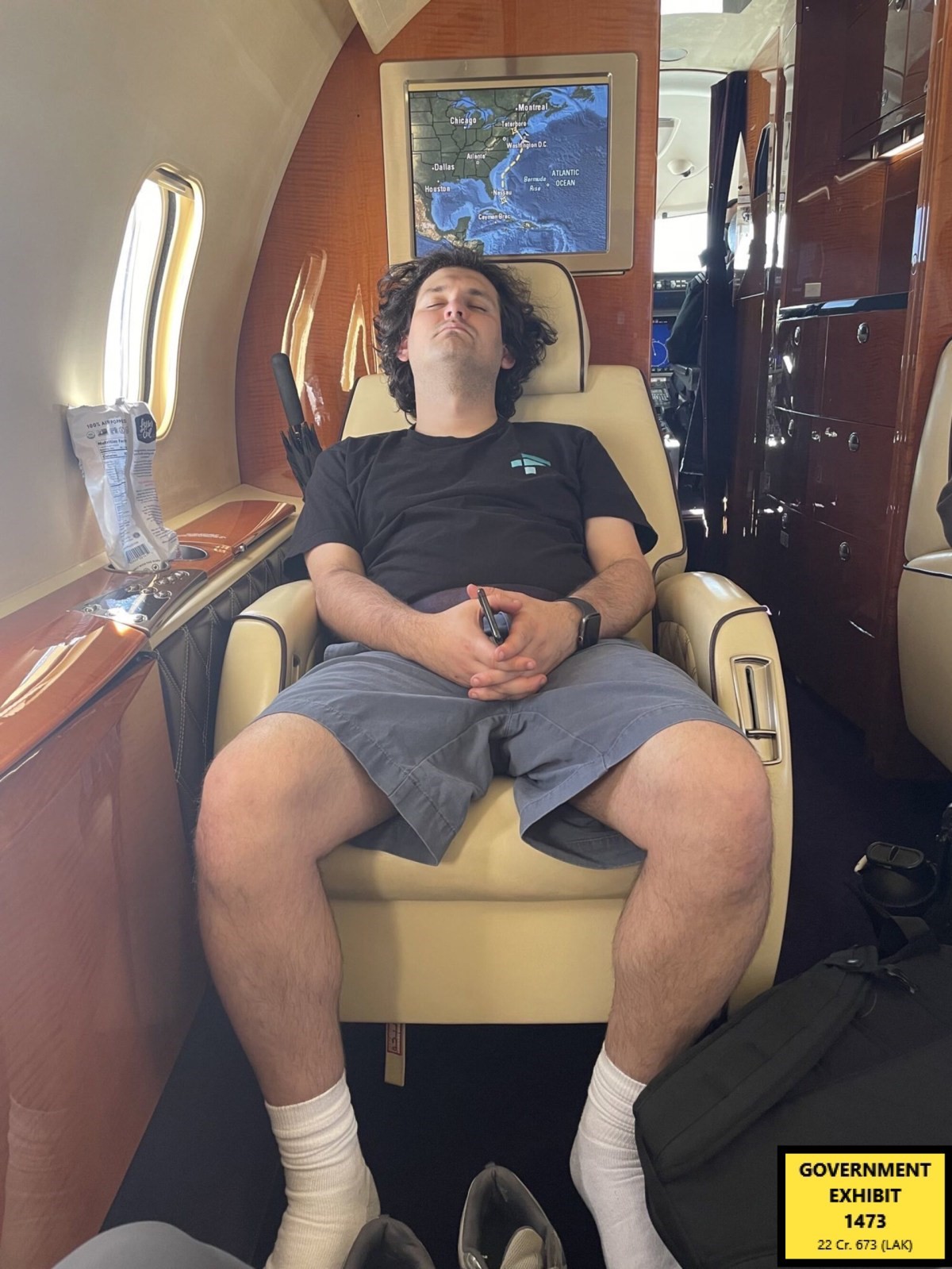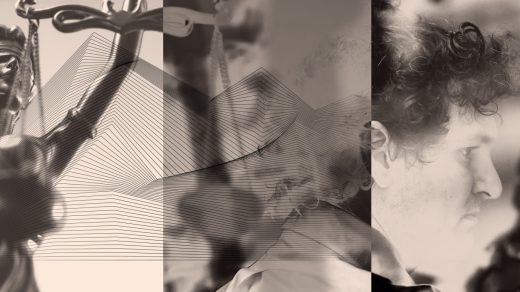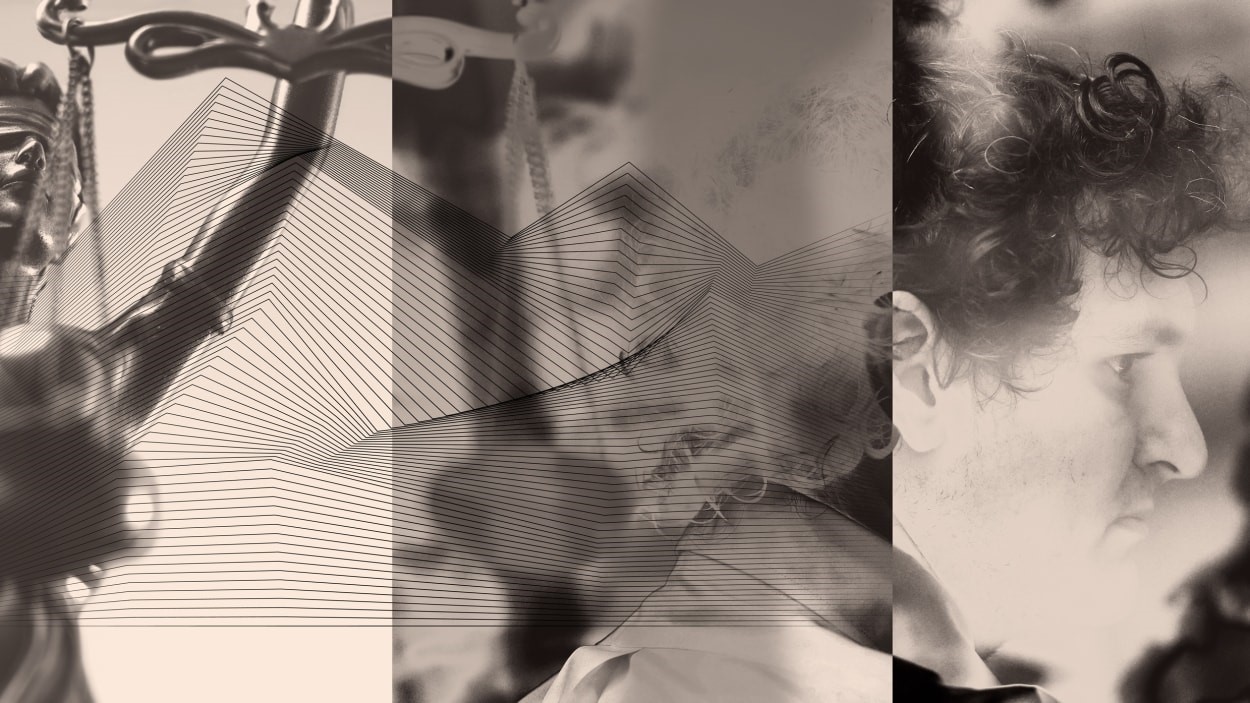Sam Bankman-Fried leaves the jury with a final image of an evasive CEO
Testimony in Sam Bankman-Fried’s federal fraud trial ended Tuesday, wrapping up with Bankman-Fried on the stand maintaining that he hadn’t known until October 2022 about the $8 billion that Alameda Research, his hedge fund, had taken from customer deposits at FTX, his crypto exchange.
As she finished her cross-examination, prosecutor Danielle Sassoon focused on vivid details about Bankman-Fried’s relationship with officials in the Bahamas, where FTX was headquartered; on a December note Bankman-Fried had written to himself where he outlined thoughts on the case against him so far; and on the dubiousness of his claims that he hadn’t known about that $8 billion debt until October.
As he was (November 08, 2023), Bankman-Fried was terse on cross-examination to the point of almost absurdity. On direct and redirect, he seemed to remember every aspect of every deal or date or conversation he was quizzed about; on cross, he claimed a much fuzzier memory.
On redirect, defense lawyer Mark Cohen gave Bankman-Fried room to explain some of his answers on cross, and though Bankman-Fried stuck to his story, he may not have come off as a particularly accessible or sensible guy to the jury. Sassoon, on cross (November 08, 2023), had introduced a photo of Bankman-Fried sleeping on a private plane. (“Chartered plane, at least, yes,” he’d clarified, when she asked about it.) Sassoon asked whether the company spent around $15 million a year on private jet travel—he said he wasn’t sure what the number was—and whether it hired private planes to fly Amazon packages to the Bahamas. He said he didn’t know what that had cost. But when Cohen brought up that photo Tuesday, Bankman-Fried suddenly had a completely different perspective, explaining that it was “logistically difficult” to get from the Bahamas to D.C., where he often had to go for meetings with senators or regulators; and that the expense associated with private jets, though seemingly large, was “fairly small” compared to the scale of the business.

With regard to the Bahamas, Sassoon continued painting Bankman-Fried as a big spender eager for influence. She pressed him on his approach to Bahamian Prime Minister Philip Davis, asking if Bankman-Fried offered Davis to pay off $11.6 billion of the Bahamas national debt and whether he gave Davis courtside seats at the Miami stadium that FTX bought naming rights to. She also asked whether he invited Davis to a dinner alongside Bill Clinton and Tony Blair.
“It wouldn’t surprise me,” Bankman-Fried replied. “Something like a dinner,” he added after she continued to push him on whether he’d attended.
“When you say it’s like a dinner, do you mean a dinner?” she asked, then showed a video of the gathering and ran through the people in the video: Bankman-Fried himself (“yep,” he said when she asked if he was in that video), Bill Clinton (“yep”), Tony Blair (“yep”), the Bahamian prime minister (“yep”), Katy Perry (“yep”), Orlando Bloom (“yep”).
She questioned him about a key point: when he knew about the $8 billion debt and when he knew it had been spent. He remained evasive, with the similar moves of “No, I don’t recall that” and “No, that’s not my memory” that he’d relied on during Monday’s cross-examination. He was also vague on what, exactly, he’d found out when he did find it out. If he learned in September or October that $8 billion was spent, who spent it?, asked Sassoon. “You didn’t call in your deputies and employees and say, who spent $8 billion?” she asked.
“I asked her how it had happened,” he said, referring to Caroline Ellison, who he’d appointed CEO of Alameda in fall 2021; Ellison, who is also his ex-girlfriend, pled guilty to fraud and conspiracy charges in this case, and testified against Bankman-Fried earlier in the trial.
“Did you fire anyone for spending $8 billion dollars of FTX customer deposits?” Sassoon asked.
“No,” he responded.
She also tried to pin him down on what he’d done when he’d been told, in June 2022, about a “bug” that underestimated how much Alameda owed FTX. Ellison—and former FTX executives Gary Wang and Nishad Singh, who’ve also pled guilty to conspiracy and fraud charges and testified against Bankman-Fried—said discussions with him over this bug were when they knew for certain about the size of the $8 billion debt that Alameda owed to FTX customers; and Wang and Singh said they worked on fixing the bug.
“You didn’t say, ‘Hey, guys, what’s this $8 billion account?’” Sassoon asked, when Bankman-Fried said he’d been told about the bug from Singh and Wang.
“I was told they were busy, and I should stop asking questions,” Bankman-Fried said.
People you supervised told you to stop asking questions? Sassoon asked.
“I regret not doing so,” he said.
And although he previously testified that he’d canceled a trip to Washington, D.C., to deal with this problem, “you never got to the bottom of that?” she asked.
“No, I had the number two, three, four and five people at the company confirm to me” that they were working on the problem, Bankman-Fried said.
She finished her cross by asking about a December 25 memo Bankman-Fried had written to himself after his arrest in the case. At that point, Ellison and Wang had pleaded guilty and agreed to cooperate against Bankman-Fried. But Singh, not yet. Sassoon showed the memo to the jury, which read: “Nishad: Lots of the complaints/etc. filed at this point make claims like ‘the 3 co-conspirators’ in a way that doesn’t really seem to leave much room for them adding on a 4th—they don’t seem to be keeping a seat warm for him as a defendant” and musing on whether he got immunity, whether prosecutors aren’t “bothering with him,” or “something else?”
“You wrote that, Mr. Bankman-Fried, correct?” she asked.
“I think so,” he replied, and she ended questioning.
Both sides are expected to give closing arguments Wednesday.
For the latest on the trial of Sam Bankman-Fried, you can follow all of Fast Company’s coverage from the courtroom here.
(19)



